In the News
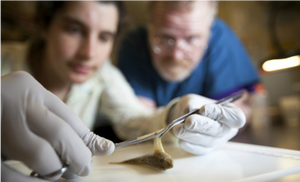
Blog
April 07, 2020
The Cornell Wildlife Health Center's Dr. Rodman Getchell gives a behind-the-scenes look at the exciting aquatic animal health research being done at Cornell, and the significant role it plays in responding to emerging issues in fish health in New York State and internationally.
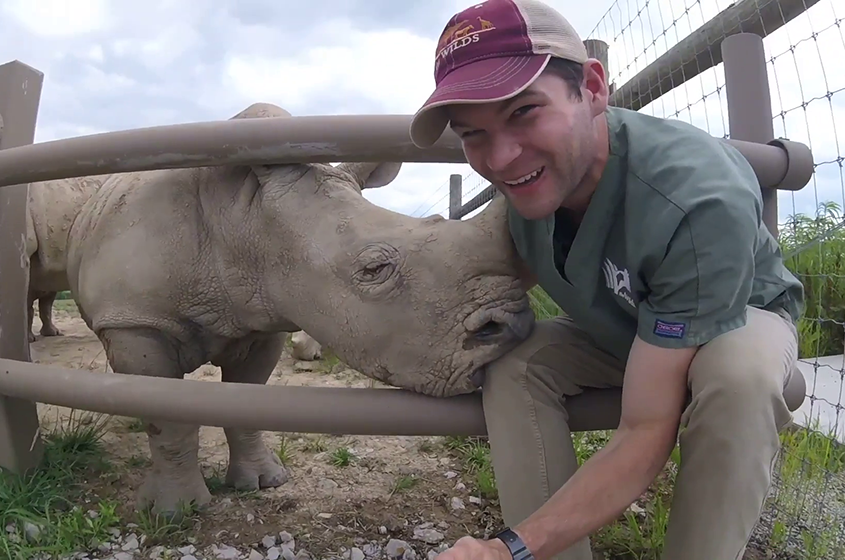
March 09, 2020
At a critical time for the future of life on Earth, The College of Veterinary Medicine announces the establishment of the Cornell Wildlife Health Center. The new center focuses on catalyzing multidisciplinary collaboration to address wildlife health challenges worldwide, while immersing students in unique learning experiences at home and abroad.
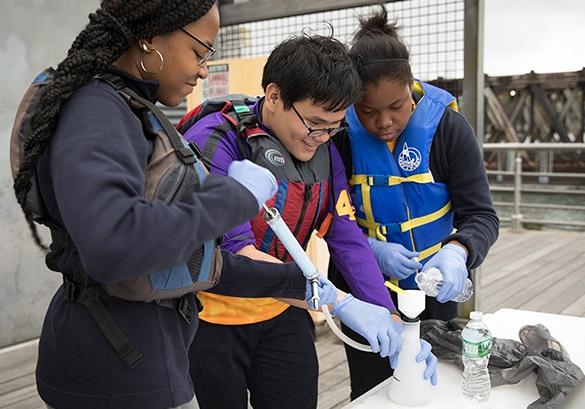
December 03, 2018
With eDNA, scientists can count fish and other animals just by collecting a small sample of water.
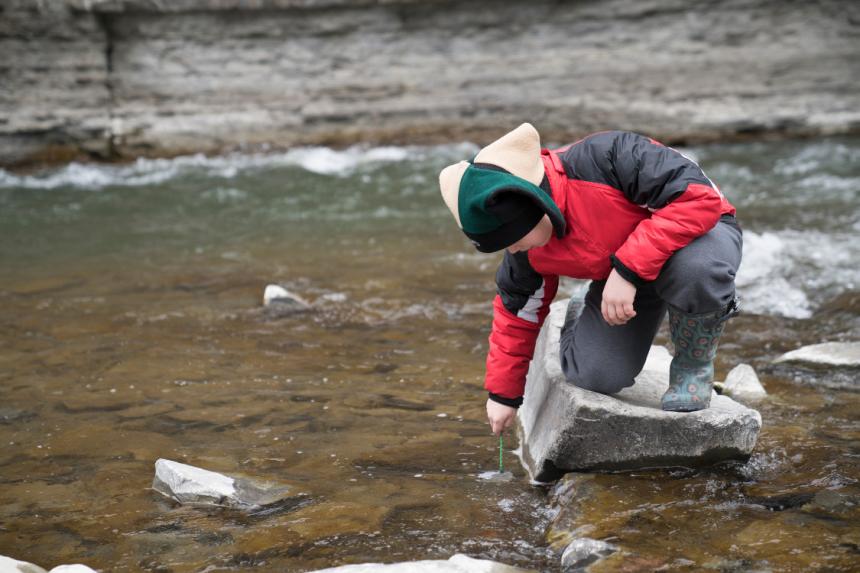
October 16, 2018
Students and teachers from across New York have been participating in Cornell's FishTracker Program to gather data about invasive fish and threatened native species.
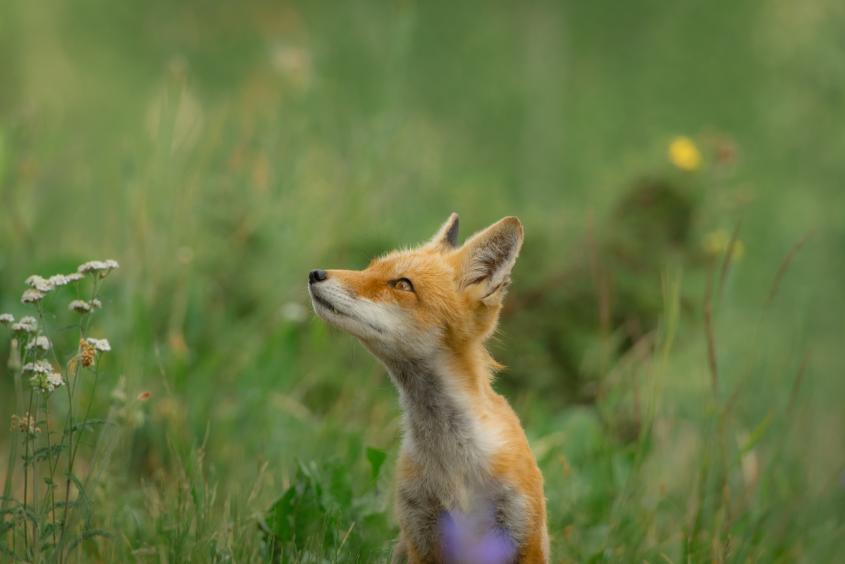
June 05, 2018
In this feature article, Wildlife Watchers, learn how Cornell Wildlife Health Center scientists are turning discoveries into real-world solutions, and how our research and surveillance protects nature across New York State.

March 21, 2018
One-hundred and sixty 6th graders have been collecting environmental DNA samples to help Cornell scientists monitor the range of invasive and endangered fish species in New York's waterways, engaging in hands-on science and learning about the balance of ecosystems.

March 19, 2018
by
Rodman Getchell
I don’t usually think of myself as a detective. I tell folks that we at the Aquatic Animal Health Program investigate fish kills for the New York State Department of Environmental Conservation (DEC)....
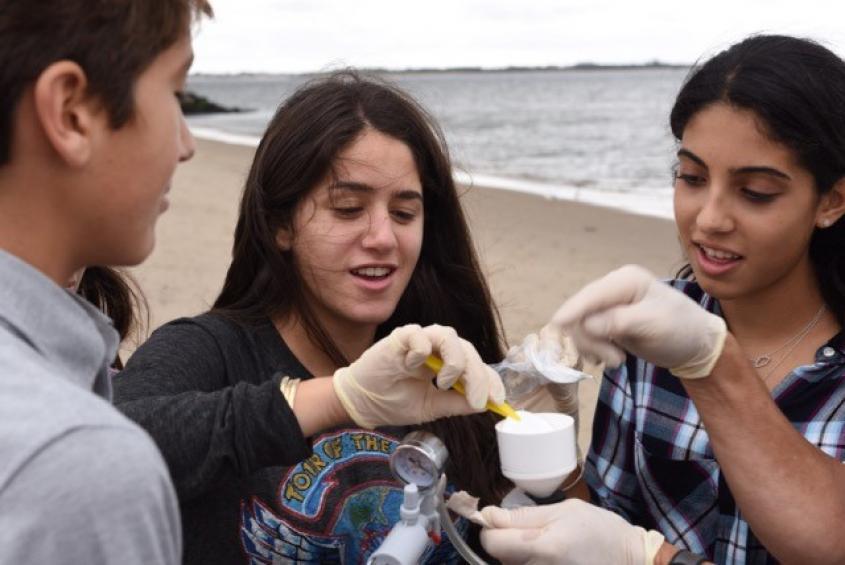
February 24, 2017
Hundreds of students ranging from fourth-graders to high school seniors across New York State are engaging in a hands-on scientific project with Cornell University by collecting water samples and evaluating environmental DNA to monitor the spread of invasive fish species, providing a real-world lesson in ecology and environmental management.
